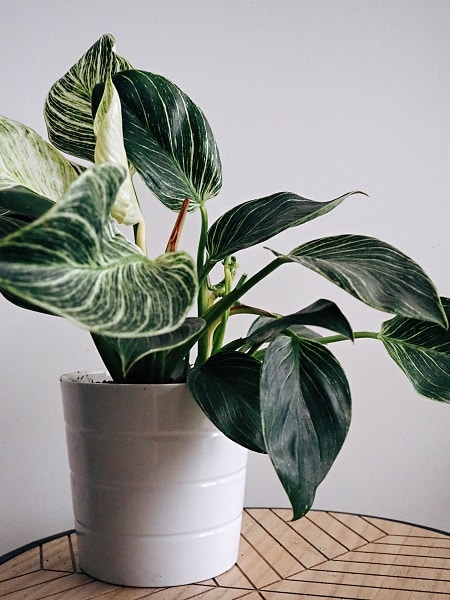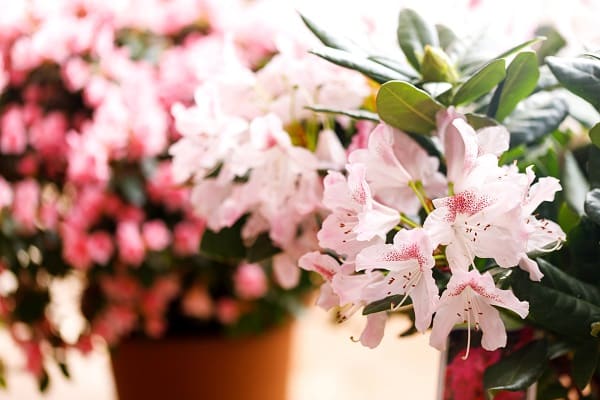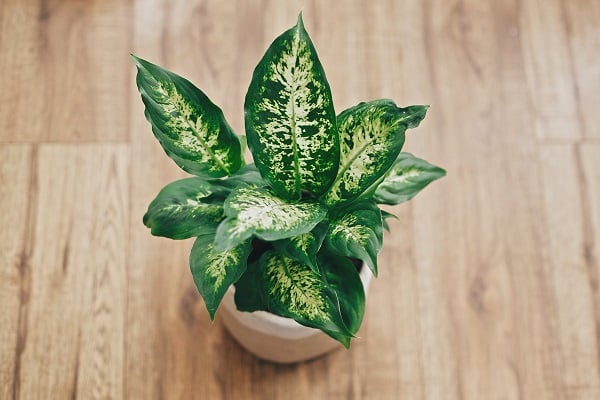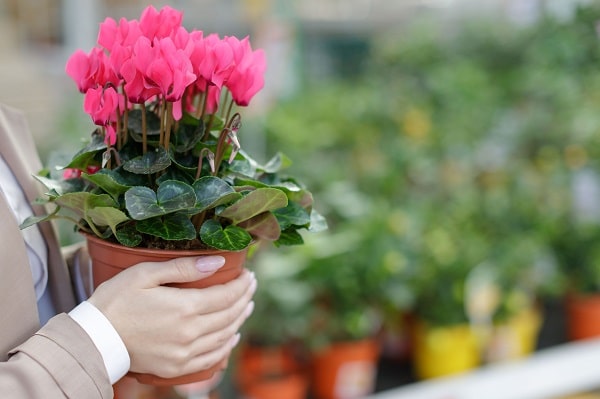Most dogs like to insert their snouts into things they shouldn’t. Other than their dog food, they will gobble everything that comes their way, doesn’t matter if it’s trash on the road or flower buds in your garden. Some things that your dog eats might be gross, but they can be dangerous too. Many plants can be very poisonous and can harm your pet in many ways.
Some plants will only cause diarrhea, whereas other plants can result in liver issues. Many plants are present in your homes, like sago palm plants, which are toxic for dogs.
Sago Palm

Sago palm is a tiny palm tree and can be indoors and outdoors. It has tough fronds.
They are harmful to not only dogs but all other pets. The symptoms consist of diarrhea, liver failure, seizures, vomiting, and eventually death.
The bark and leaves will be dangerous to your doggo, but the nuts and the seeds have the maximum amount of poison.
Tulips

Tulips are beautiful flowers that bloom in the summers with vibrant colors. However, dog parents should avoid bringing these flowers into their homes.
Your puppy might get an upset stomach if he likes lance-shaped leaves. But the natural charm lies in when your dog gobbles those new buds, which contains the most poison.
The symptoms are loss of appetite, upset stomach, and depression.
Lily Of The Valley

There are many reasons why lilies of the valleys are ideal indoor plants. They have a sweet smell and are in the adorable shape of a bell.
Just a little bit of exposure to any part of the plant can result in heart issues-changes in rhythm and heart rate. A few bulbs or leaves might result in vomiting, disorientation, coma, seizures, and low blood pressure.
Oleander

Oleander is commonly found on the west coast and is mainly considered a landscaping plant. This shrub might grow as tall as 12 feet and is perfect because of its white, red, yellow, and pink colors.
Every part of this plant (flower petals and leaves) is harmful to dogs. Just like the lily of the valley, it also consists of cardiac glycosides. Your dog might observe symptoms like stomach pain, drooling, and diarrhea. You might also observe changes in the heart rhythm and rates. In some cases, it might be fatal as well.
Philodendrons

Philodendrons are beautiful heart-like leaves and long vines, which are well-known indoor plants. But be careful, as these plants consist of insoluble calcium oxalate crystals, which might cause discomfort in your dog’s lips and mouth.
According to vets, if your pup has gobbled some leaves, he might start pawing at his mouth and might also drool and retch.
Rhododendrons

You must’ve seen these shrubs in many yards. Every part of this plant has grayanotoxin, and then the outcome depends on the quantity of consumption.
The most well-known symptoms include an upset stomach. It is not common for dogs to eat many leaves, but after having a lot of them, they might experience weakness, tremors, and low blood pressure, along with irregular rhythm and heart rate.
Dieffenbachia

The indoor plants with lush green leaves along with white stripes or spots, and if you find your dog licking it or eating it, please take that plant away from your pup because it will be very toxic for your doggo. Dieffenbachia consists of calcium oxalate crystals, which will further cause a burning sensation in the tongue, mouths, and lips. Your puppy might even vomit, drool and struggle while breathing.
Cyclamen

With every shade of pink, this flower has intensely colored blooms that last for years and are a well-known indoor plant, especially in winters. By chance, if your dogs nibble any part of this plant, there is a high probability that he might throw up, have diarrhea and drool. Digiting and eating the roots might affect their rhythm and heart rate and be fatal.
Autumn Crocus

They bloom in autumn; their sensitive flowers grow out of the ground, with no leaves. The bulbs and leaves grow in spring after the flower dies.
If your dog nibbles any part of this plant (bulbs, flowers, or leaves), it will start throwing up or experience diarrhea. The poison in this plant, known as colchicine, might have long-term effects as well—colchicine results in liver failure and suppressed bone marrow.
Conclusion
Most plants can make your puppy’s stomach upset, but the poisonous ones will severely affect them, like, throwing up or organ damage, based on the quantity of ingestion and the type of plant. Other than the ones above, these are a few plants that might be proven toxic for your dog.
-
- Cuckoo Plant/Adam And Eve
- Aloe
- American Mistletoe
- American Yew
- Apple
- Apricot
- Australian Ivy Palm
- Azalea
- Barbados Pride
- Bird Of Paradise Flower
- Bittersweet
- Black Walnut
- Buttercup
- Chamomile
- Carnation
- Cherry
- Chinese Evergreen
Other than these, there are many such plants. The list goes on. If your dog has accidentally ingested one of these or is showing such symptoms, you should call a vet.


